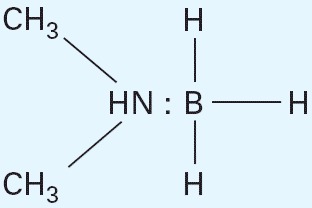In the October articles “Children’s Centers Study Kids and Chemicals” [ Environ Health Perspect 113:A664–A668 (2005)] and “Are EDCs Blurring Issues of Gender?” [ Environ Health Perspect 113:A670–A677 (2005)], photographs and their captions erroneously imply that plastic drink bottles contain ortho-phthalates. Plastic drink bottles sold in the United States are made from polyethylene terephthalate and do not contain ortho-phthalates. Also, at the end of the EDCs article, references are made to plastic wrap and Saran Wrap. For clarification, neither plastic wrap nor Saran Wrap contains ortho-phthalates. EHP regrets these errors.
EHP regrets the incorrect and unintentional inference in “Paving Paradise: The Peril of Impervious Surfaces” [ Environ Health Perspect 113:A456–A462 (2005)] that coal tar pitch is used in the actual hot-mix asphalt used to pave roads. Coal tar pitch is instead used in many sealcoat formulations used atop asphalt pavement. Findings published in the 1 August 2005 issue of Environmental Science & Technology suggest, in fact, that coal tar-based parking lot sealant may be a major contributor to stream loads of polycyclic aromatic hydrocarbons, including many known carcinogens.
In Figure 1 of the article by Chen et al. [ Environ Health Perspect 113:1723–1729 (2005)], the legend should have read (A) PM10; (B) PM2.5, instead of (A) PM2.5; (B) PM10.
In Figure 1 of the article by Tsan et al. [ Environ Health Perspect 113:1784–1786 (2005)], the double bond between HN and boron was incorrect. The corrected figure appears below.



